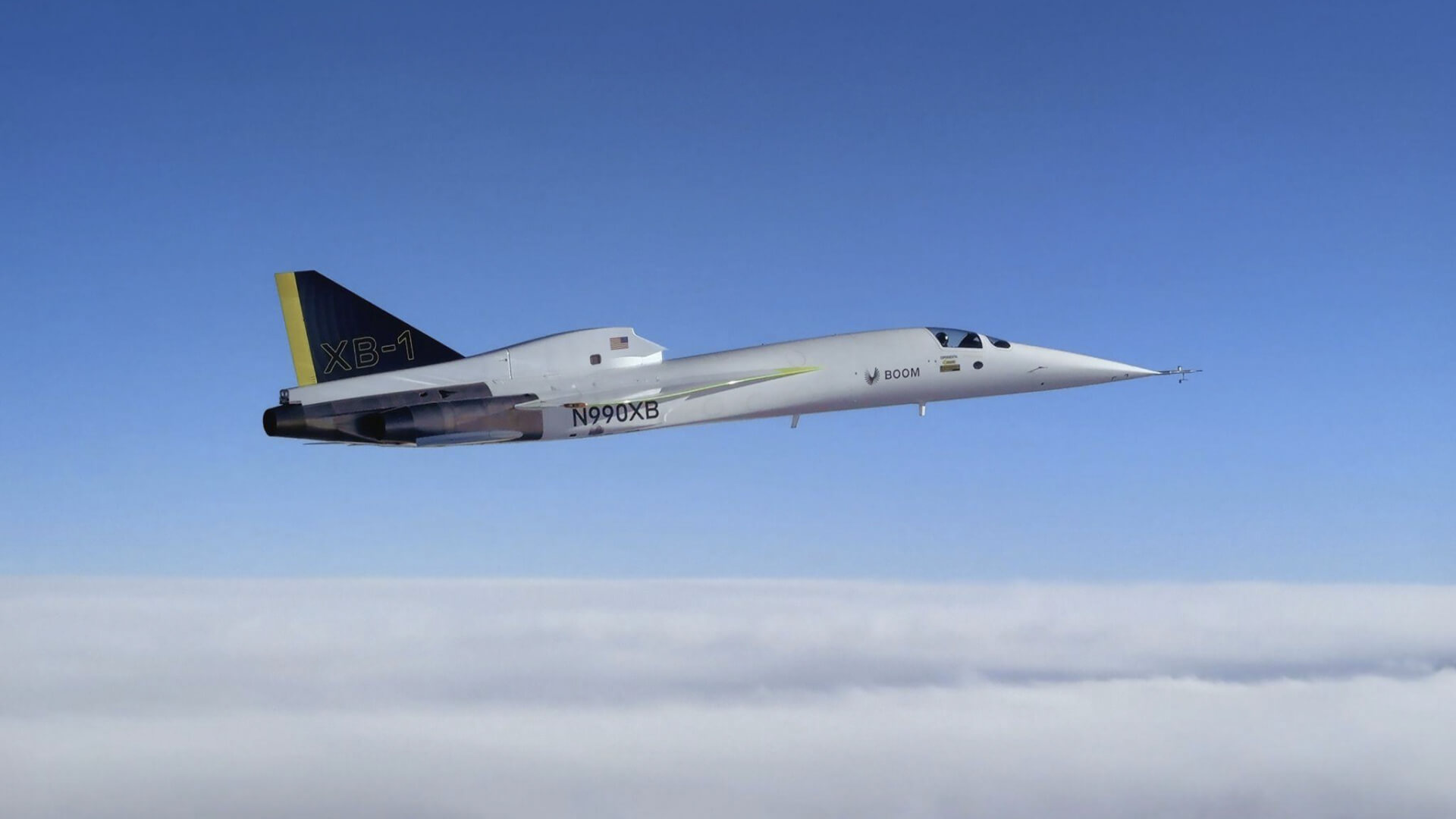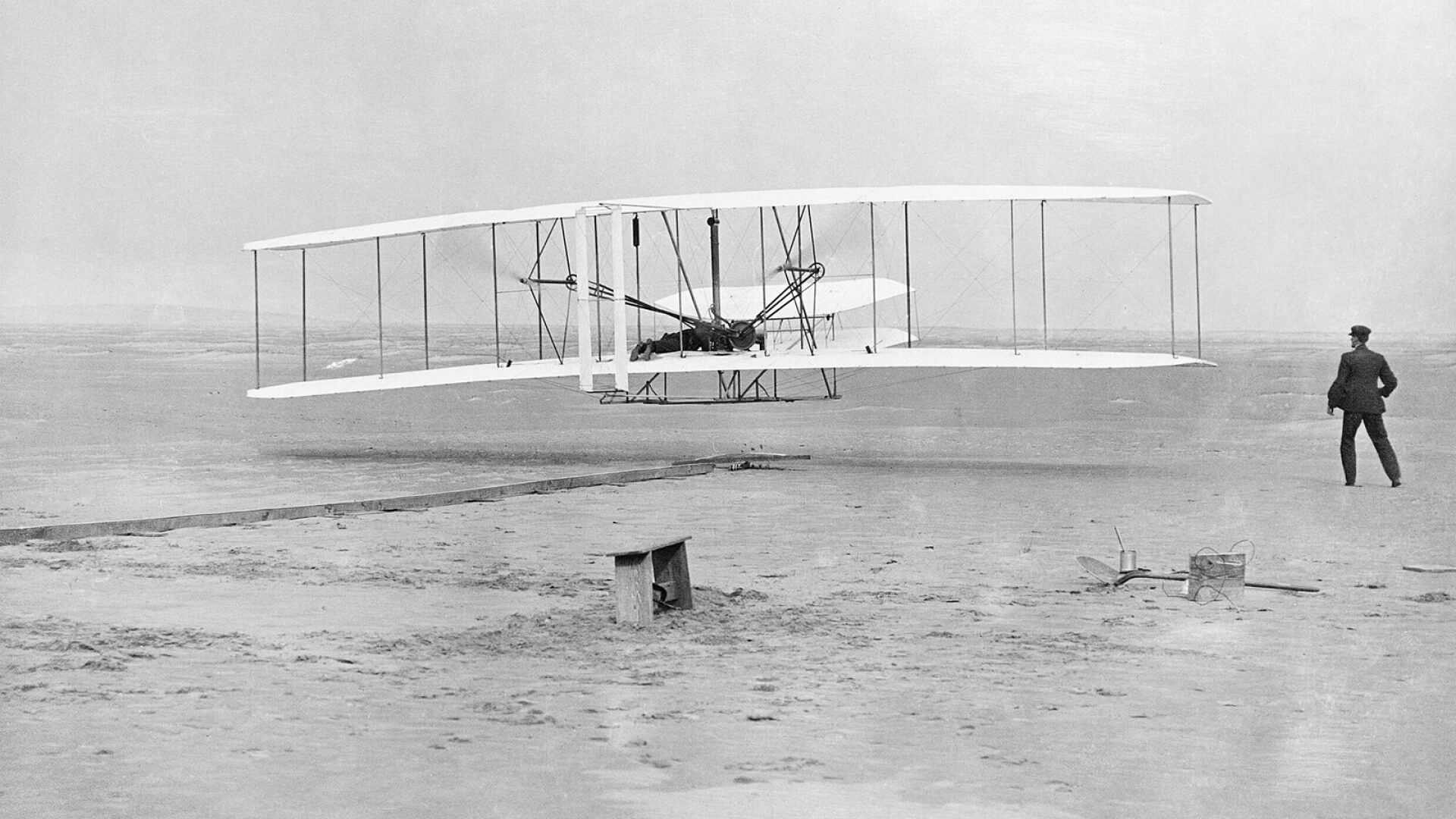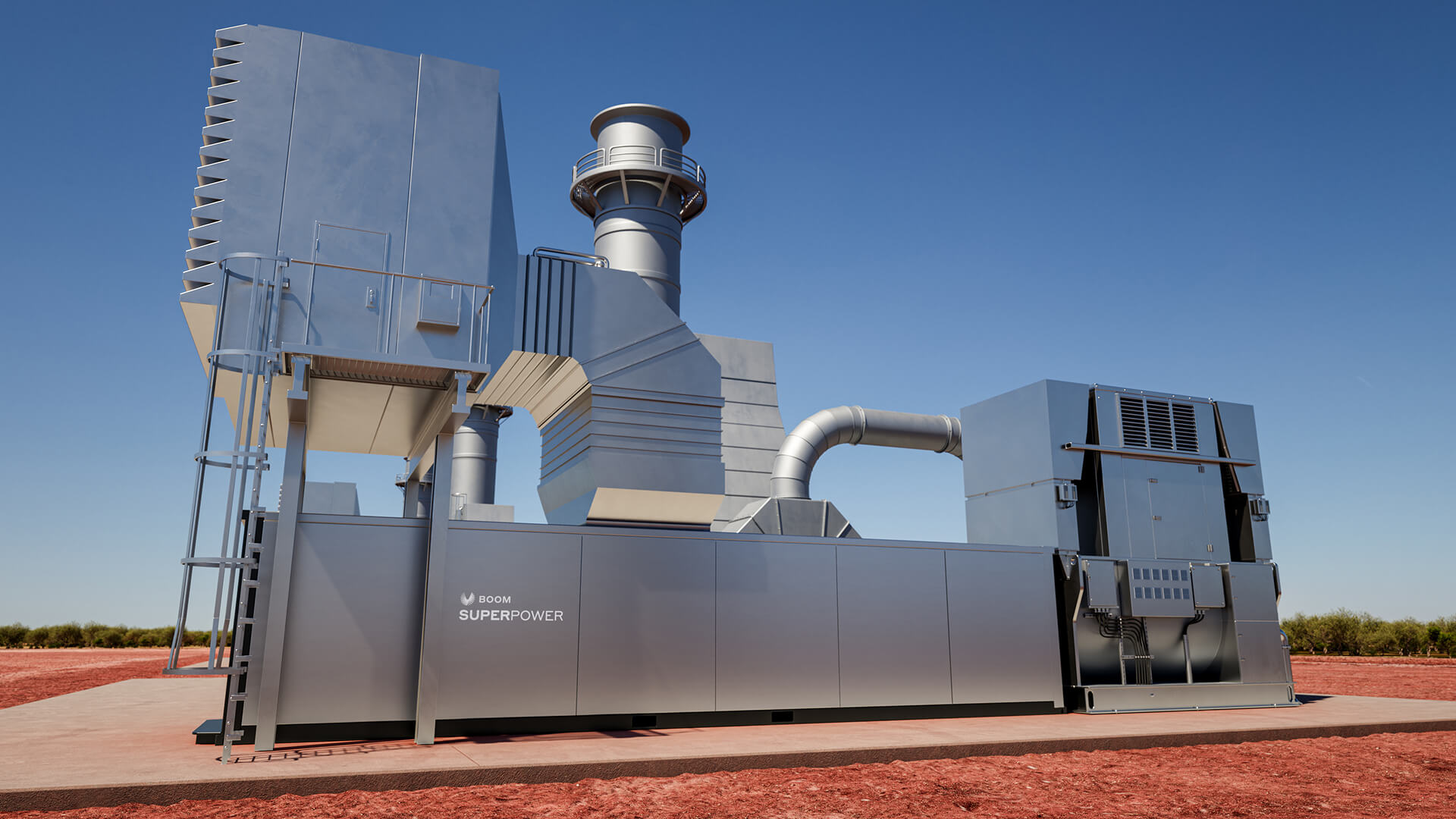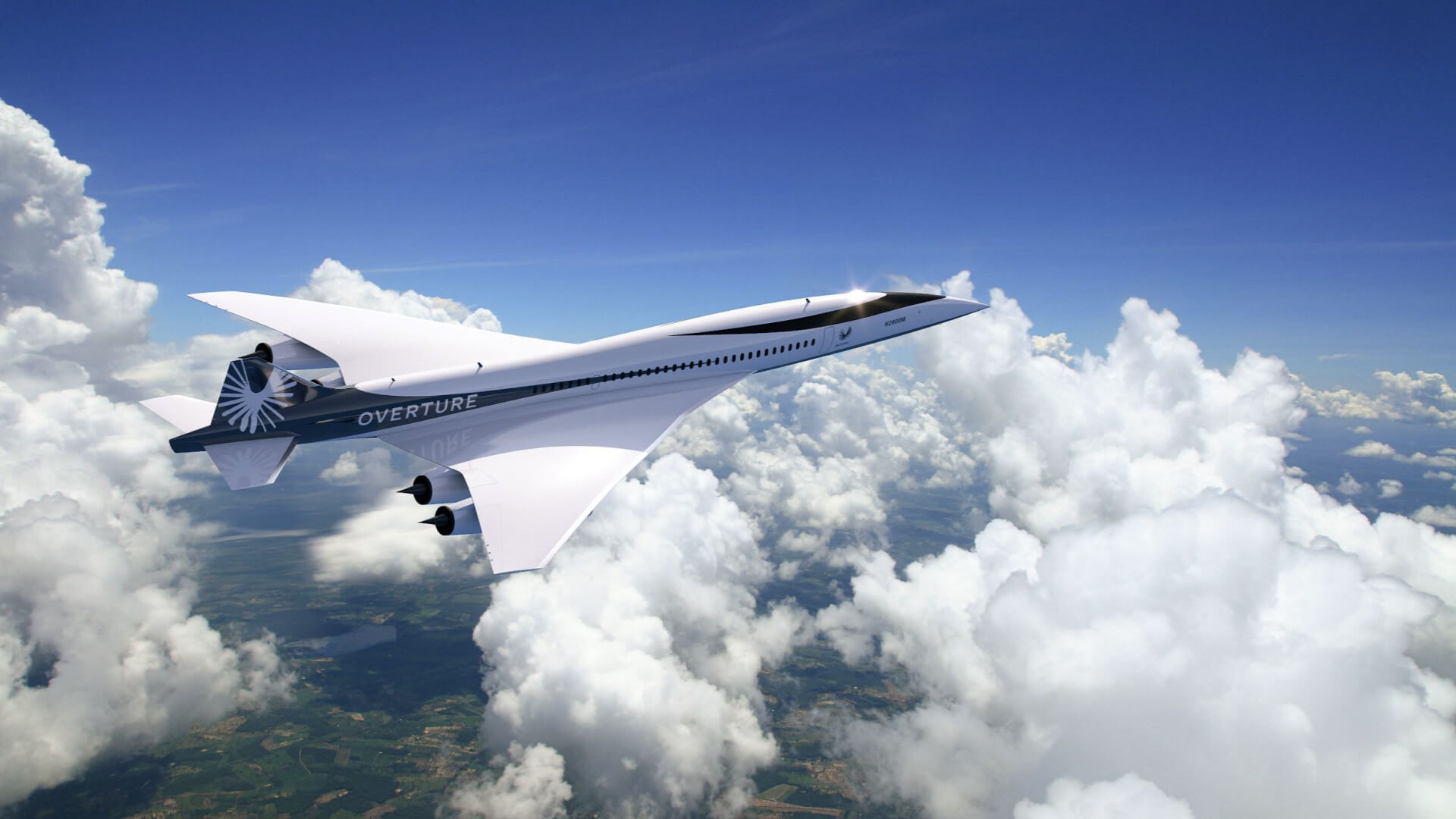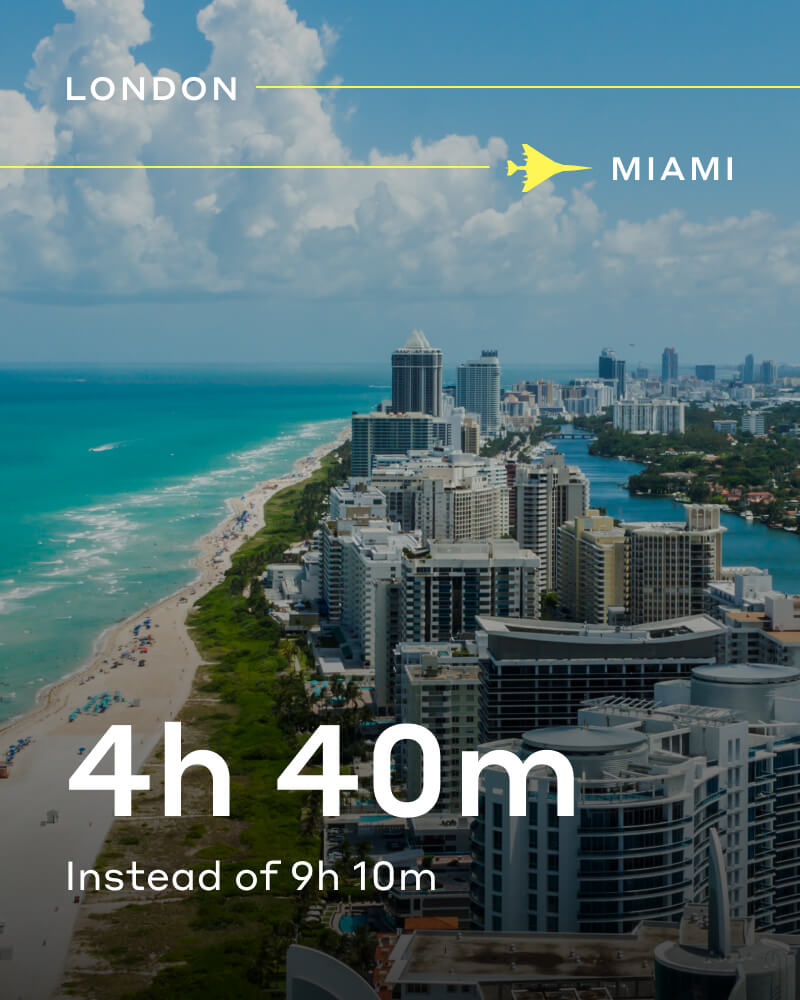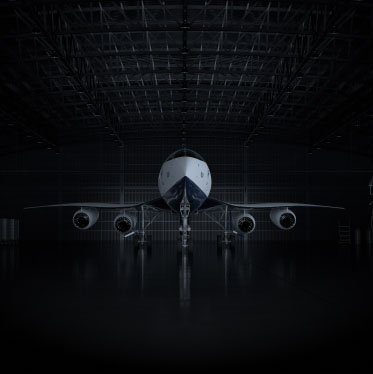If 2024 proved anything, it’s that the world is traveling again—and people are flying now more than ever.
When the global pandemic in 2020 brought travel to a standstill, no one expected it would rebound so dramatically. In 2023, we wrote about the marked increase in travel demand as the world returned to travel. At the time, travel was up 23% year over year (2022 to 2023), and rapidly growing—yet it still had not reached pre-pandemic levels.
Fast forward to today, when air travel has not just recovered, it’s surging and surpassing pre-pandemic numbers to set record highs.
2024: A Year of Record Highs in Air Travel
According to the latest data from the International Air Transport Association (IATA), air traffic in 2024 was 3.8% above pre-pandemic (2019) levels1 , and compared to 2023, full-year traffic in 2024 rose 10.4%.
“2024 made it absolutely clear that people want to travel,” said Willie Walsh, IATA’s Director General in IATA’s report on passenger market performance in 2024. “With 10.4% demand growth, travel reached record numbers domestically and internationally. Airlines met that strong demand with record efficiency. On average, 83.5% of all seats on offer were filled—a new record high, partially attributable to the supply chain constraints that limited capacity growth. Aviation growth reverberates across societies and economies at all levels through jobs, market development, trade, innovation, exploration, and much more.”
With 2025 set for even more growth, air travel isn’t just back—it’s soaring, and the momentum is only building. According to the Airports Council International (ACI) Advisory Bulletin on global air travel demand for 2025, by the end of 2024, all markets are expected to have recovered from the impact of the COVID-19 pandemic and to have transitioned into a stabilized growth trajectory. That growth trajectory will be roughly an increase of 3.4% each year between 2024 and 2043. At that pace, annual passenger volumes will soar from roughly 9 billion today to nearly 18.7 billion in 2043—effectively doubling global demand.
- +3.8% increase in air travel in 2024 compared to pre-pandemic levels (2019)2
- +8% further projected growth year-over-year between 2024 and 20253
- +5-6% projected year-on-year passenger growth trajectory after 20264
- 2x growth is projected in global passenger demand over the next 20 years—rising from 9 billion today to nearly 18.7 billion travelers by 2043.5
As more people fly than ever before, something else is changing: how and why they travel. The expectations of today’s passengers (and tomorrow’s) are evolving: they want faster journeys and expect experiences tailored to their needs. Travel is both booming and being reinvented.
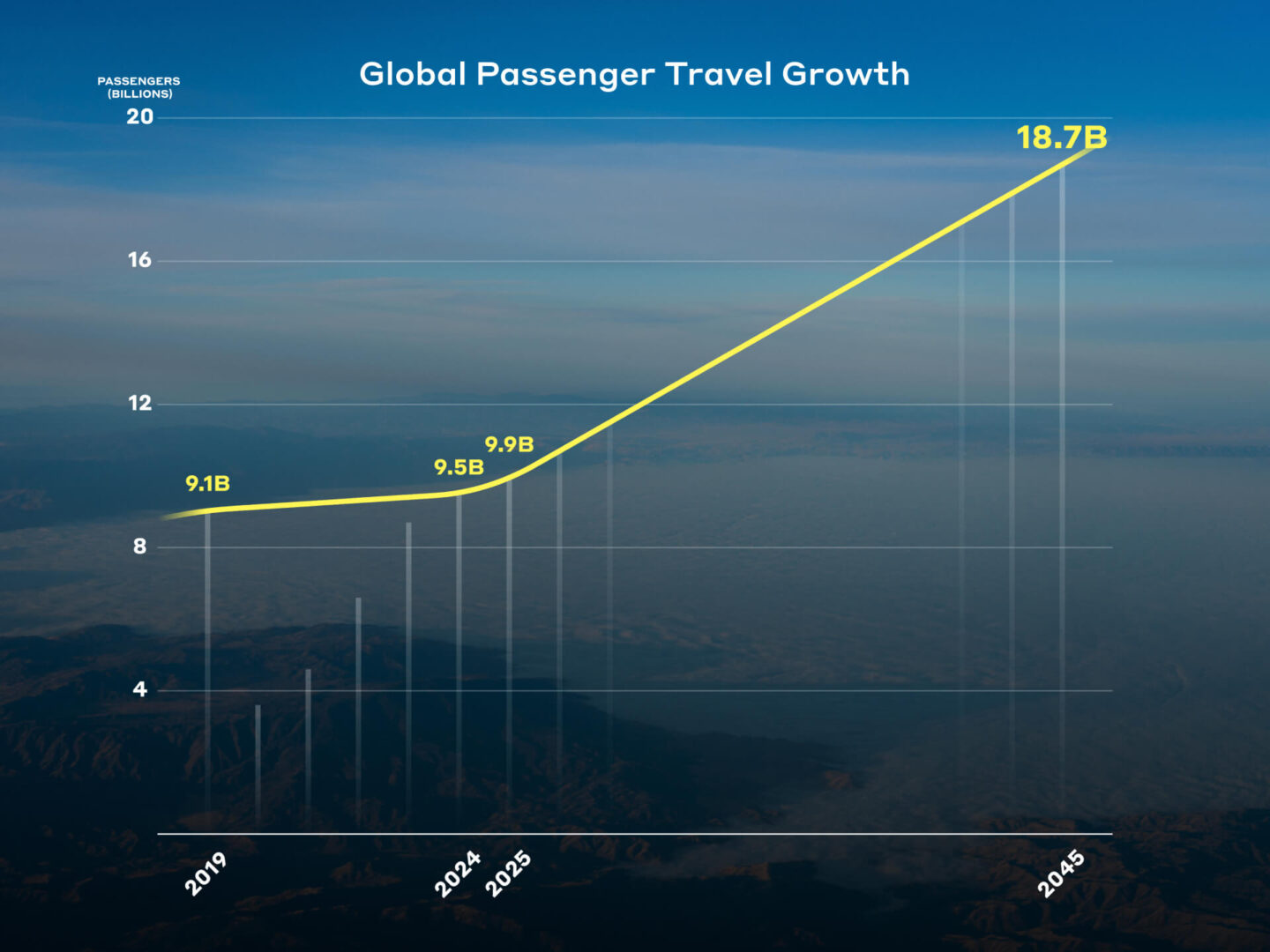
A New Approach to Travel (And Greater Expectations)
Passengers no longer just want to go somewhere—they are moving with intention; faster, smarter, and more purposefully.
When we wrote about the return of corporate travel in 2023, we called out this shift: more purpose-driven travel and more trips that blend business and leisure. Corporate travel managers were in the middle of a re-evaluation of priorities for business travel, with wellness joining productivity at the forefront of decision-making. “Blended” trips were becoming the new norm, with travelers taking a vacation on to the end of their business trips, or adding a few leisurely days to buffer the beginning of their trip.
Now, these trends have accelerated. Driven by a strong demand for global travel, there were 140 million more international tourist arrivals between 2023 and 2024, representing an 11% increase year-over-year.
Speed is the next evolution in travel. The farther the destination, the greater the need for speed—so travelers can spend less time in transit and more time enjoying the trip. And yet, despite massive leaps in technology and aircraft efficiency, air travel has not actually gotten faster. In fact, over the last 50 years, commercial flight times have remained largely unchanged (or in some cases, they have even increased, due to air traffic, routing, and fuel efficiency priorities). The pace of innovation has advanced nearly every aspect of aviation except for speed. Supersonic travel is the missing piece.
In a survey of corporate travel managers commissioned by Boom, 94% believe supersonic air travel will be commercially available by the early 2030s. And with good reason: faster travel unlocks greater productivity, enabling same-day international trips, tighter turnarounds, more face time without the fatigue, and ultimately, improved wellness and greater wellbeing.
As demand surges and global connectivity accelerates, travelers will not be asking if or how they can get there, but how fast. Within the next decade, the future of air travel will be defined by speed; as supersonic becomes an expectation and necessity. It will no longer be just about price, loyalty programs and points, or comfort. It will also be about velocity. Speed could soon be the reason someone chooses one airline over another. Forward-leaning airlines and aircraft manufacturers will be expected to answer with faster aircraft, tighter schedules, and a fundamentally reimagined experience of time.
Overture, Boom’s supersonic airliner, will give airlines a powerful edge, by providing a premium experience built around speed, convenience, and connectivity for their passengers. With flight times 2x faster on transoceanic routes, Overture will give time back to the passengers to spend at their destination or home with the people that matter most.
Speed becomes a game-changer when a 5–10 hour flight can be cut in half, enabling more efficient schedules, less burnout, better work-life balance—and a competitive edge for forward-thinking companies.
Overture is optimized for high-demand international routes—where speed creates the most value and real strategic advantages for airlines, for companies, and for passengers. Whether it’s cutting fatigue, extending productivity, or unlocking new personal time, the value is clear: time saved becomes time won.
The numbers speak for themselves:
That’s nearly half the time, in every case. For travelers, this means fewer red-eyes, more time on the ground, and the ability to cross oceans without sacrificing full days. A same-day roundtrip across the Atlantic? Now possible. Business lunches in London with breakfast in D.C.? Also on the table. For those flying back to the U.S. from Tokyo on a “blended” trip, this could look like a stopover in Honolulu where you land just in time for happy hour (and a sunset cocktail on the day before you left).
The next era of aviation won’t be defined simply by increases in air travel and more flights, it’ll be defined by faster, smarter ones. For years, Boom has been tracking supersonic passenger demand. The latest numbers from Boom’s passenger research study are definitive on passenger interest in faster flights:
- 97% of global premium passengers are interested in flying on a supersonic airplane for long-haul international trips.
- 92% of global premium passengers believe that supersonic air travel will be commercially available in the next 10 years.
- 87% of global premium passengers are interested in switching from their preferred airline in order to gain access to supersonic travel.
That’s not hype. That’s a market signal.
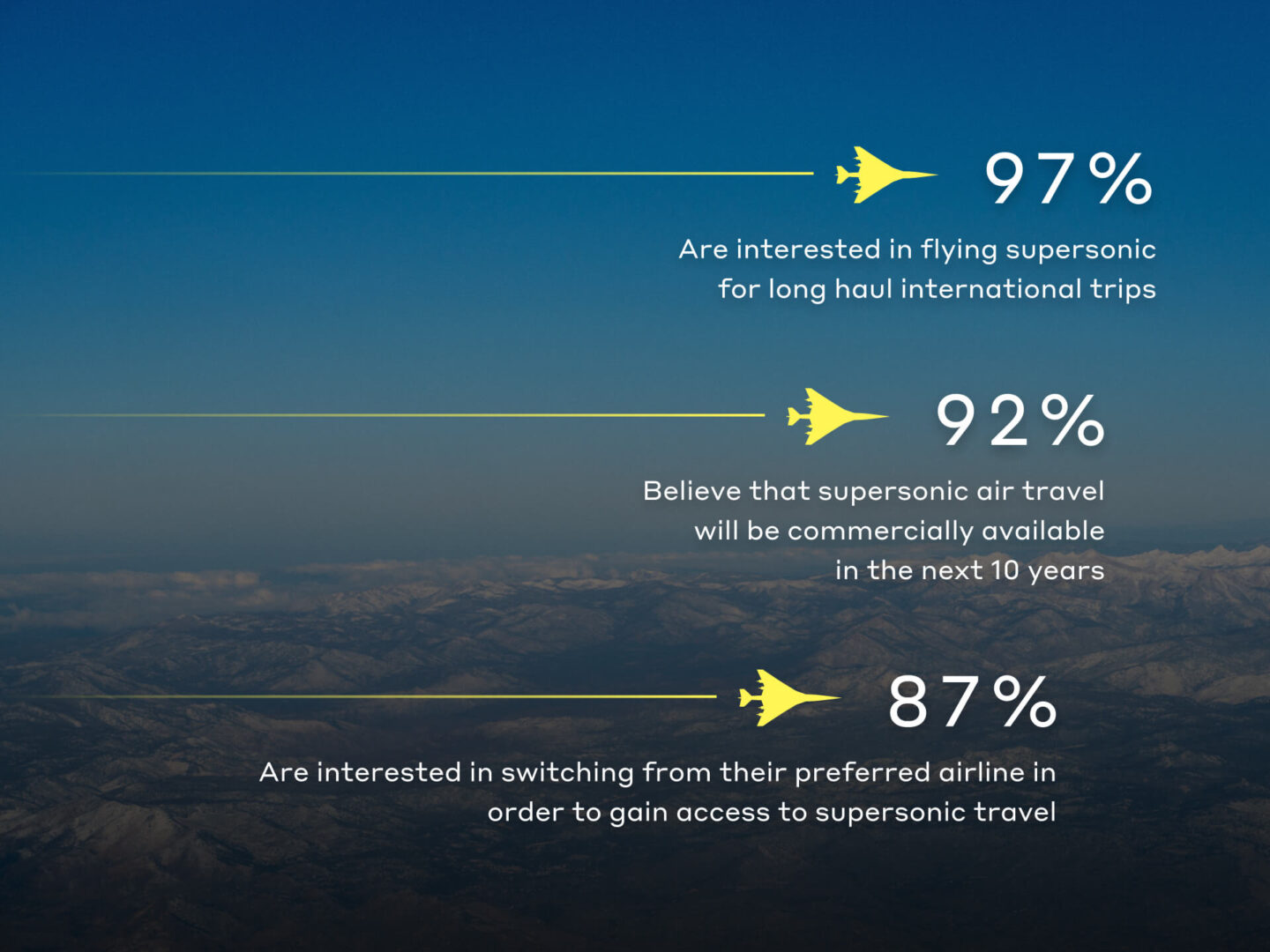
And Boom’s partners will be well poised when passenger expectations begin to influence purchase decisions. United Airlines and American Airlines will be ready to meet passenger demand, having secured pre-orders for Overture aircraft in 2022 and 2023 respectively.
Overture isn’t just a faster aircraft; it’s a rethink of what’s possible on some of the world’s most essential routes, redefining what global travel can be—and we know passengers will be asking for it.
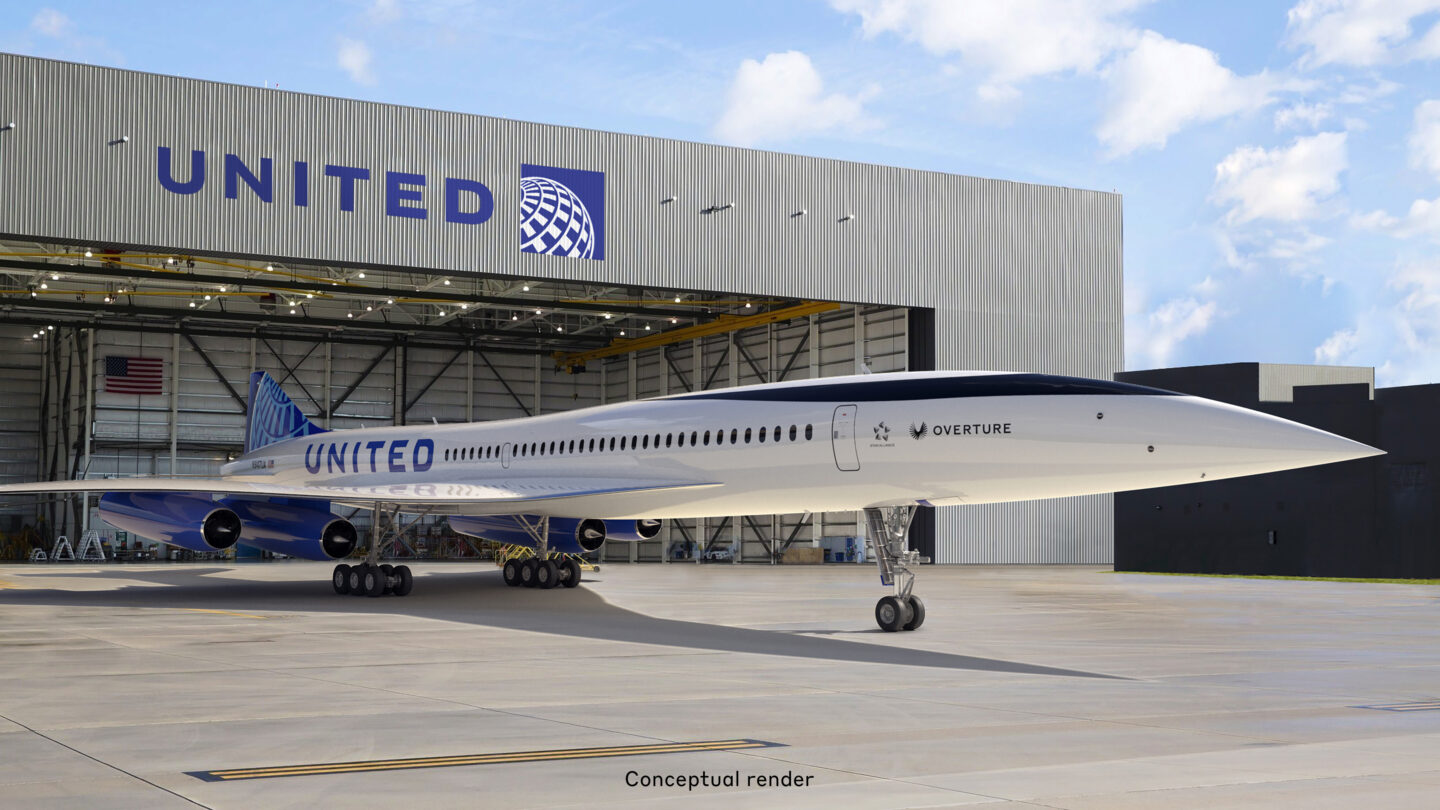
The future is on final approach
What once seemed an ambitious mission is now within reach. We’re closer to resurrecting supersonic flight than we’ve ever been:
- Earlier this year, Boom proved civilian supersonic flight was possible with XB-1, its supersonic demonstrator aircraft. XB-1 became the first independently developed aircraft to break the sound barrier in January 2025—safely and successfuly—reaching speeds of up to Mach 1.12 across two supersonic test flights.
- In June 2025, a presidential executive order officially cleared the way for supersonic aircraft like Overture to fly over land by repealing the decades-old ban on supersonic flight over land and marking a regulatory breakthrough for the next era of air travel.
- Symphony, the propulsion system that will power Overture, has rapidly progressed through design and hardware testing, and is now preparing for engine testing in early 2026—demonstrating that the technology that will power supersonic has arrived.
The world has made it clear: the demand is here, and the expectations are high. The world is now just waiting to access the technology. But at Boom, we’re not waiting for the future of flight—we’re building it now, and we’re close.
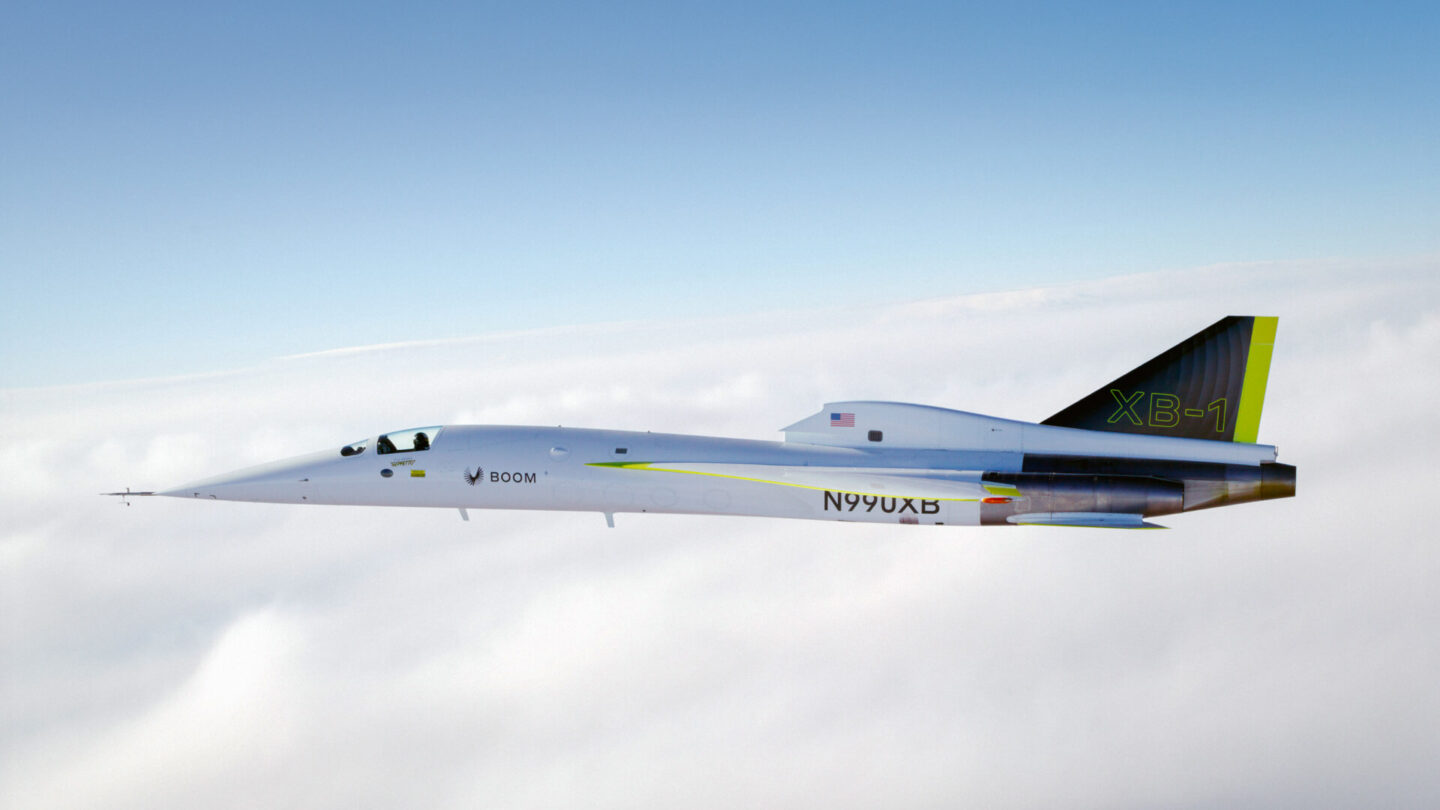
- As measured in Revenue Passenger Kilometers (RPKs). RPK is a measure of the volume of passengers carried by an airline, calculated by multiplying the number of revenue passengers by the distance traveled. RPKs provide a comprehensive view of an airline’s traffic performance. ↩︎
- IATA, Global Outlook for Air Transport, December 2024 ↩︎
- IATA, Air Passenger Market Analysis, January 2025 ↩︎
- IATA, Global Outlook for Air Transport, December 2024 ↩︎
- ACI, World Airport Traffic Forecasts 2024–2053, February 2025 ↩︎

